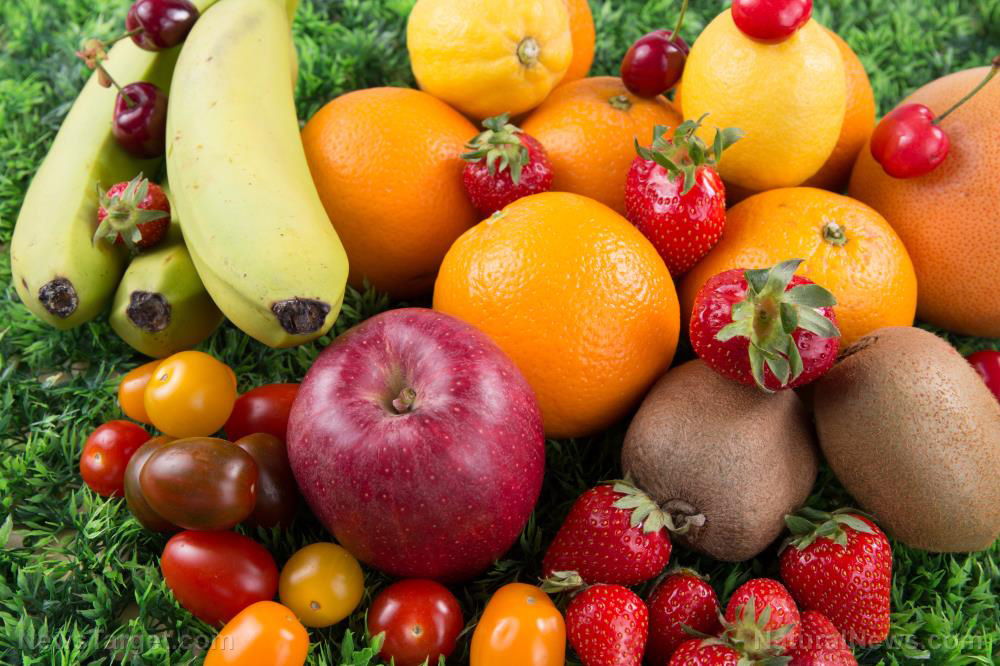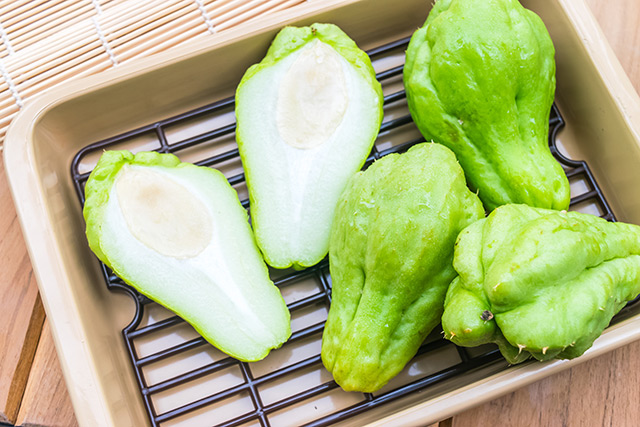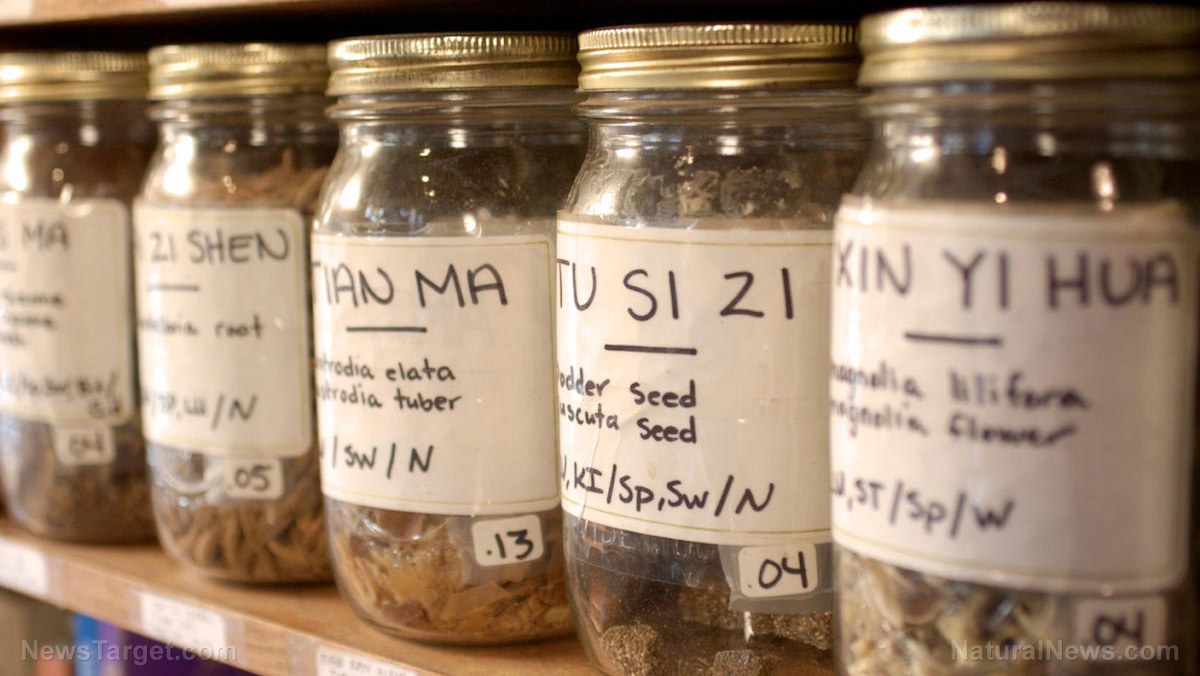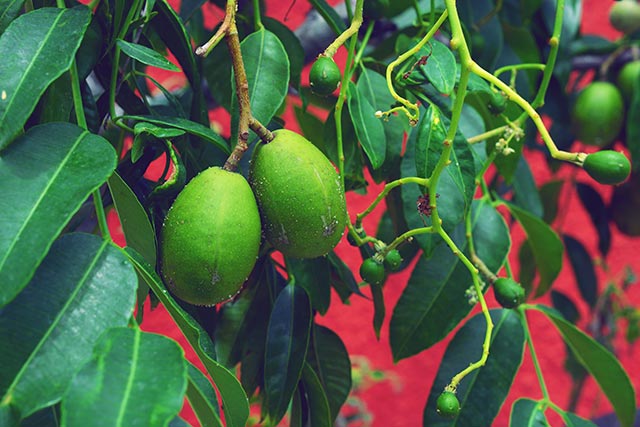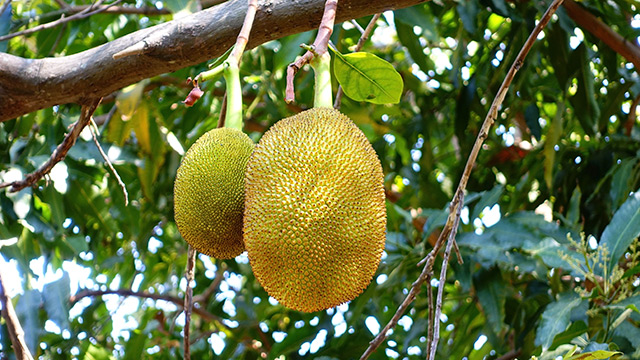Botanical antimicrobials offer effective alternatives to synthetic antibiotics
04/05/2018 / By Jessica Dolores
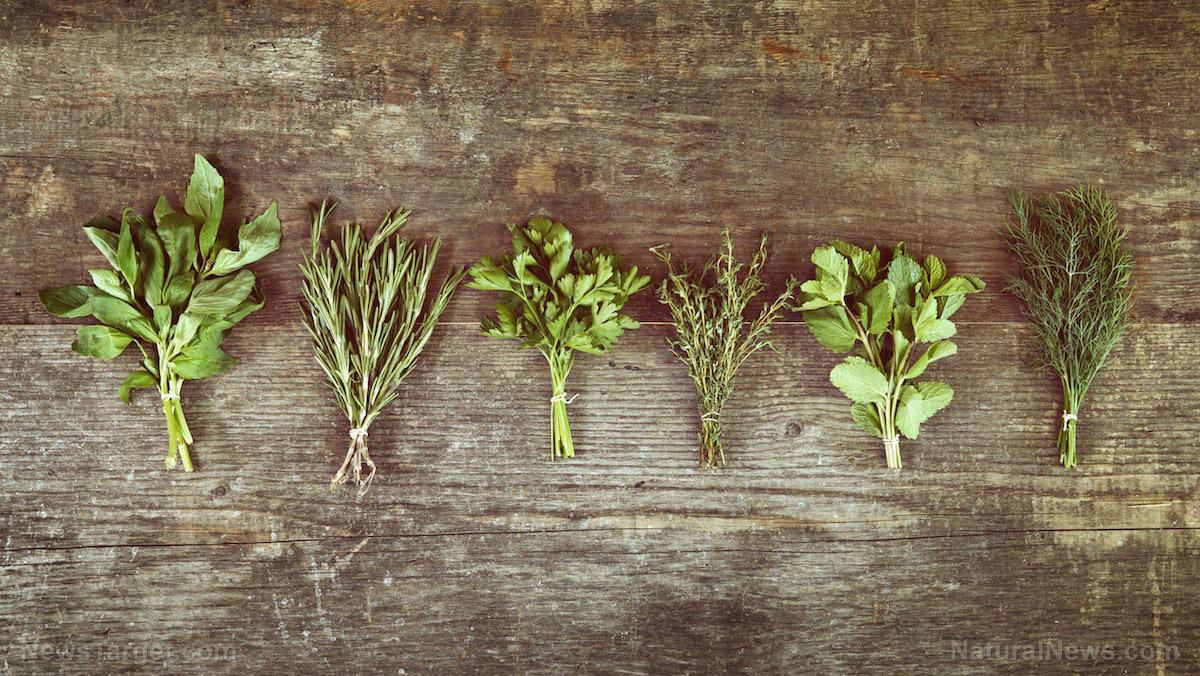
The development of antibiotics has reduced overall mortality and morbidity from infectious diseases, but it has also led to the rise of resistant microbial strains. In response, scientists have turned to medicinal plants for cures and treatments to diseases. In connection with this, a study published in the Journal of Ayurveda and Integrative Medicine looked at the potential of plant-based antibiotics to deal with this phenomenon.
- Currently, there are over 20,000 potential resistance genes of almost 400 types from bacterial genome sequences.
- Mutation and selection, rapid growth and exchange of genes are responsible for the rate at which bacteria adapt and evolve. This makes it easier for bacterial resistance to antibiotics to occur.
- The emergence of new antibiotics was not matched by a corresponding growth in fighting resistance to the said drugs.
- Traditional medicine, which makes use of herbs to manage diseases, offers a lot of possibilities.
- Plants possess a lot of compounds that can adapt to adverse abiotic and biotic environments. They can also modify or inhibit protein to protein interactions, thus serving as effective modulators of immune response, mitosis, apoptosis and signal transduction. These could be of great import in treatments.
- Many plant extracts can control biofilm formation in pathogens
- Medicinal plants inhibit efflux pump (EP) and disrupt the cytoplasm by influencing the permeability of membranes.
- Traditional and modern medicine can combine to come up with a new set of treatments for infection.
Herbals have been proven to be effective in treating diseases, suggesting that fungi and viruses have a lower ability to adapt to a plant-based antimicrobial regimen.
Find the full text of the study at this link.
JOURNAL REFERENCE:
Gupta PD, Birdi TJ. DEVELOPMENT OF BOTANICALS TO COMBAT ANTIBIOTIC RESISTANCE. Journal of Ayurveda and Integrative Medicine. October—December 2017;8(4):266–275. DOI: 10.1016/j.jaim.2017.05.004
Tagged Under: antibiotic resistance, Antibiotics, bacterial infections, botanicals, medicinal plants, P. aeruginosa, plant-based medicine, secondary metabolites


